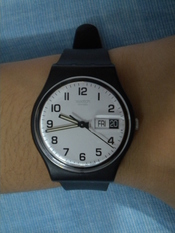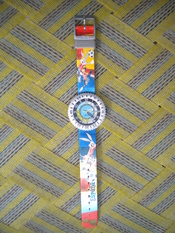Problems and Issues
In the 1980's, Swiss watchmakers began to realize they needed to change their business model to fit into a new global market place. They needed to not only change their views of the market but the infrastructure of watch manufacturing. In order to compete on a global level they needed to improve their technology, design products that would appeal to new markets and be able to compete with other companies on quality and cost. During this time, a merger of two companies helped create a new market for Swiss watches. Asuag and SSIH merged to create Societe Micromecanique et Horlogere (SMH). They developed a line of watches called "Swatch" that appealed to a younger target audience. Their new design, distribution and production strategies created a niche market that became popular worldwide. The Swatch Watch Company transferred itself from near bankruptcy in the early 1980's to a world leader in terms of value by the late 1990's, at this time facing again new sets of challenging issues that would effect their future in a fast changing global economy.
These issues included:
-Sales being flat between 18-20 million units a year.
-Sales and profit margins below levels achieved in early 1990's.
-Increasing competition in existing markets and new markets.
Analysis of the Issues
Although the Swatch Group was the world's leading manufacturer of watches; they were faced with many issues. They needed to establish a strong presence in the United States market since Timex, Casio, Seiko and Citizen comprised over 50% of the share. The company also became too diversified in producing fourteen (14) different brands even though that strategy established a presence in all market segments and price categories. The Swatch Group lost sight of their positioning in the marketplace trying to be all things to all people,



Very detailed
This work covers all important issues, particularly I liked the SWOT analysis for the Swatch Group in the India Market.
2 out of 2 people found this comment useful.